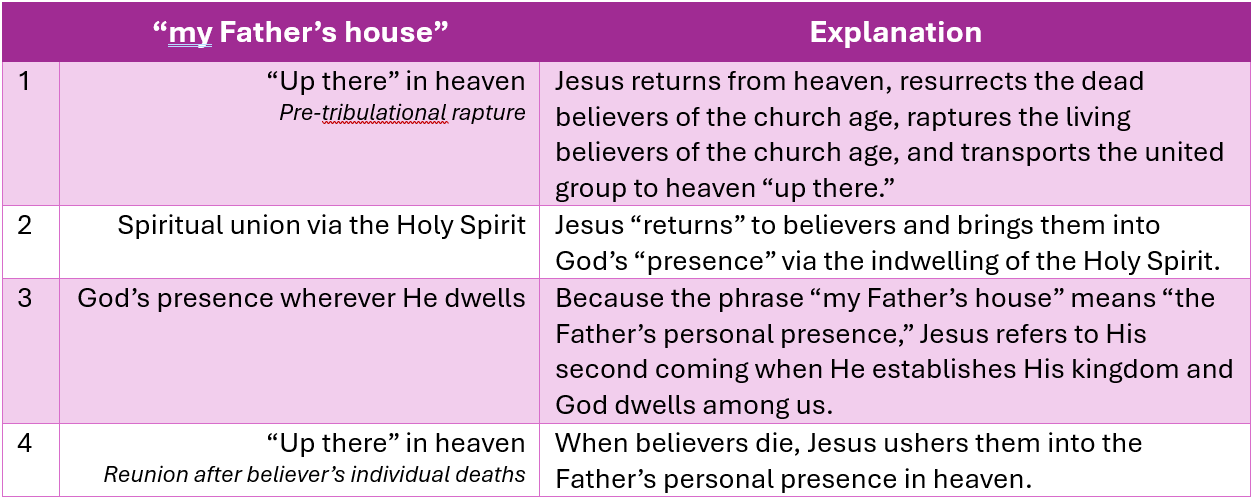‘My Father Planned It All’
Through nearly 40 years in the conservative evangelical world, I’ve heard many sermons about America. Often the point is to compare America with ancient Israel.
The problem is the Bible explicitly tells us that there is no other nation that is comparable to God’s chosen people and nation of Israel (see 2 Sam. 7:23; Ps. 147:19-20; Amos 3:2). In that regard, she is entirely unique—a direct creation of God, fashioned through Abraham out of the chaos and godlessness at Babel (see Isa. 43:1-15).









Discussion